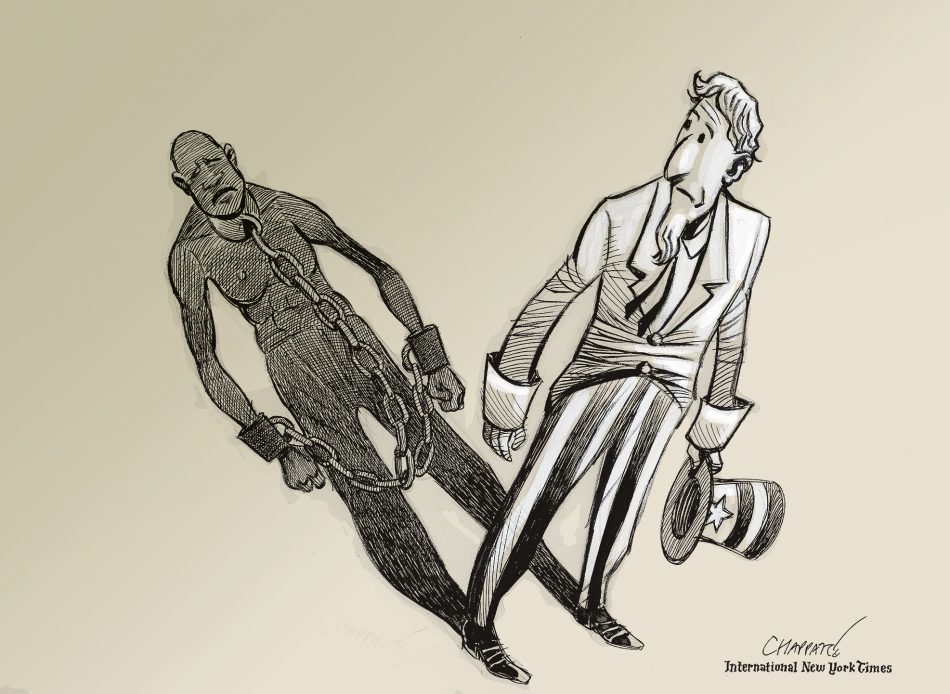The Moving Fault Lines of Inequality
Thomas Piketty and the Inequality Economists
 Thomas Piketty at the reading for Capital in the Twenty-First Century on 18 April 2014 at the Harvard Book Store in Cambridge, Massachusetts.
Thomas Piketty at the reading for Capital in the Twenty-First Century on 18 April 2014 at the Harvard Book Store in Cambridge, Massachusetts.Over the last decade, a vivid scholarly debate over the issue of inequality and its drivers has taken place among economists and attracted a lot of public attention. It includes, most prominently, Thomas Piketty and other French economists such François Bourguignon, Thomas Philippon, Emmanuel Saez and Gabriel Zucman but also Anglo-Saxon scholars such as Anthony Atkinson, Joseph Stieglitz and Branko Milanovic. Piketty landed an Amazon’s best-seller with his book Capital in the Twenty-First Century (2014), in which he argues that welfare states and social policies are the exception in history while the general tendency under capitalist conditions is for inequality to rise as the returns to capital are greater than the general rate of economic growth. Piketty therefore opposed previous theories, such as Simon Kuznets’ U-shape model assuming that under capitalism inequality first rises to subsequently decline with the apparition of redistributive mechanisms and policies. From Piketty’s perspective, the “egalitarian” decades from the 1930s to the 1970s, while constituting an exception, also prove that economic inequality is not predetermined but may be acted upon through political and social measures. Others such as Branko Milanovic have argued for more cyclical approaches to inequality, suggesting that it is sporadically checked by wars, plagues and demographic disruptions that are exogenous to the market.
Further readings:
- Robert H. Wade, “The Piketty Phenomenon and the Future of Inequality”, real-world economics review, no. 69 (7 Oct. 2014): 2–17.
- Mike Savage, “An Interview with Thomas Piketty, Paris 8th July 2015”, Working Paper no. 1, International Inequalities Institute, LSE, September 2015.



